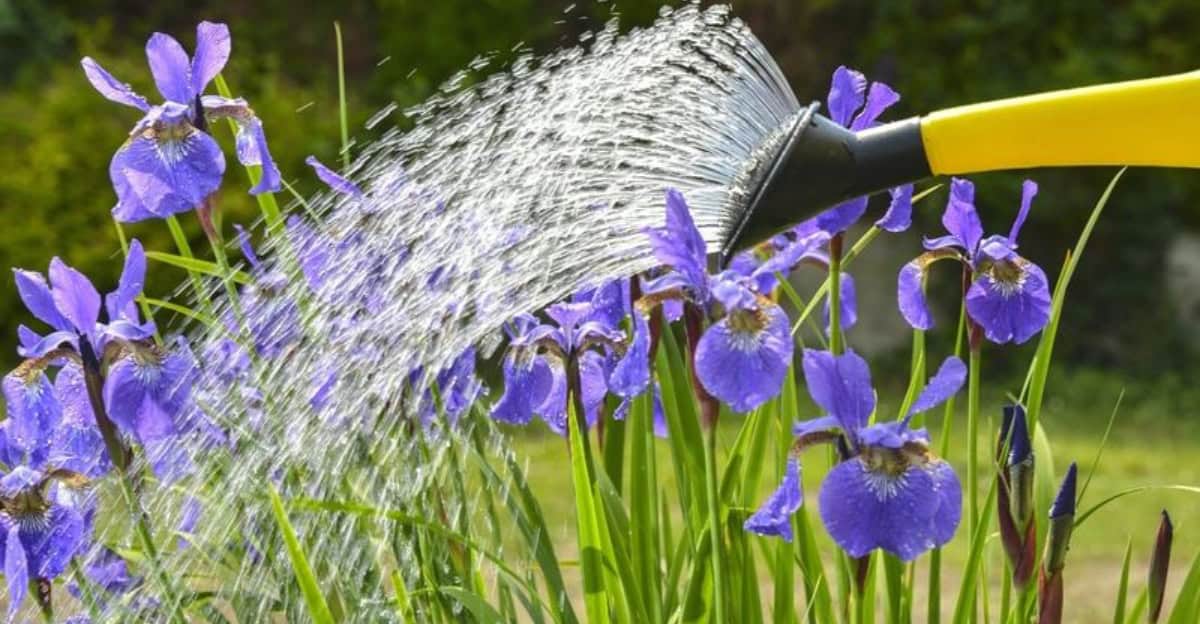Caring for iris flowers can be a rewarding endeavor, leading to vibrant blooms that brighten any garden.
With these 10 essential tips, you’ll discover how to nurture these beautiful flowers to their fullest potential. From planting to pest control, each step plays a crucial role in their growth.
1. Choose the Right Location
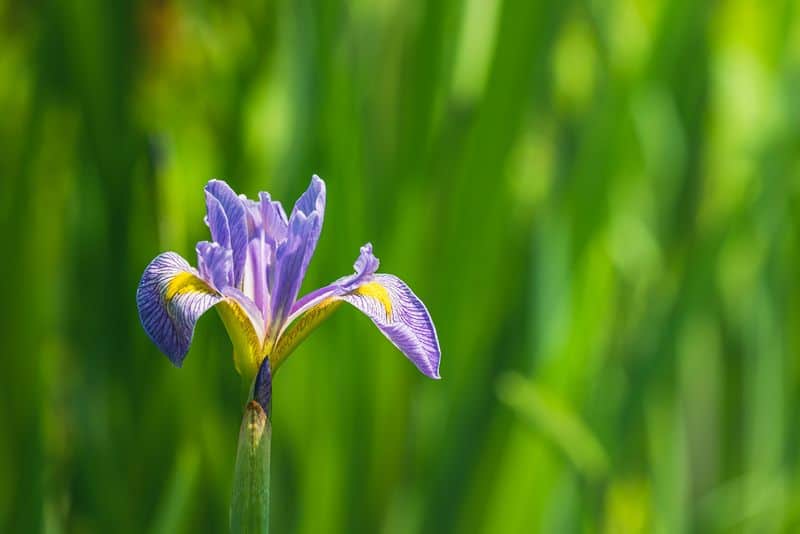
The iris thrives in sunny, well-drained locations. Choose a spot in your garden where they can bask in full sunlight for most of the day.
This will encourage healthy growth and vibrant blooms. Avoid areas where water tends to pool, as irises prefer drier conditions.
2. Prepare the Soil Properly
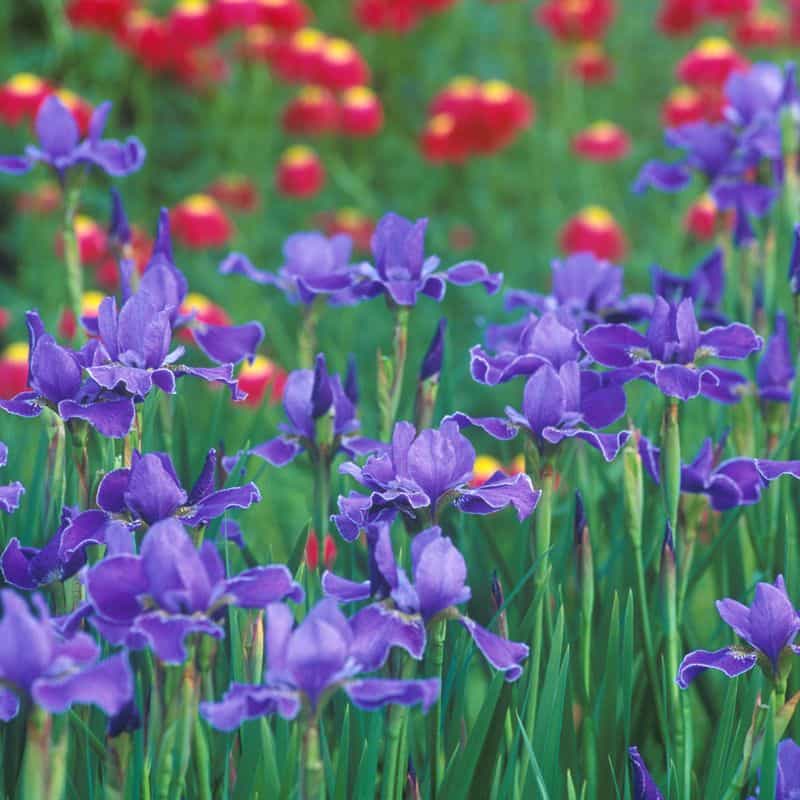
Healthy soil is key to successful iris blooms. Mix in organic compost to enrich the soil, enhancing its drainage capabilities.
Irises prefer slightly acidic to neutral pH levels. Testing your soil and adjusting as needed can make a substantial difference in their growth.
3. Timing the Planting
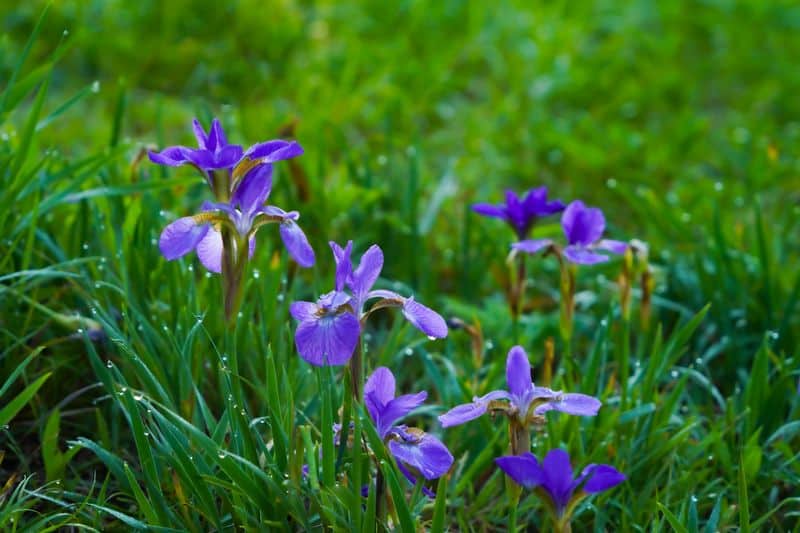
Plant iris bulbs in early spring or late summer. Timing is crucial for their development. Plant them before the first frost in colder regions or when the soil is workable.
This ensures they establish roots before winter, leading to robust blooms in the following season.
4. Proper Watering Techniques
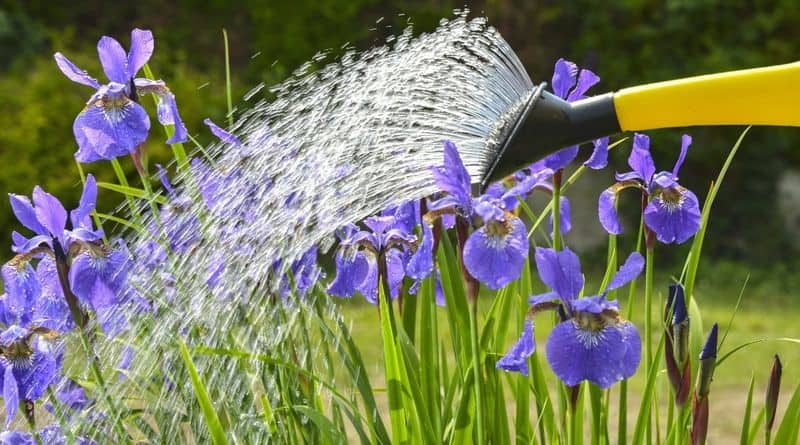
While irises need regular watering, overwatering can harm them. Aim for deep, infrequent watering to encourage root growth.
Allow the soil to dry slightly between waterings. This mimics natural rain patterns, providing the hydration they need without risking root rot.
5. Fertilization Tips
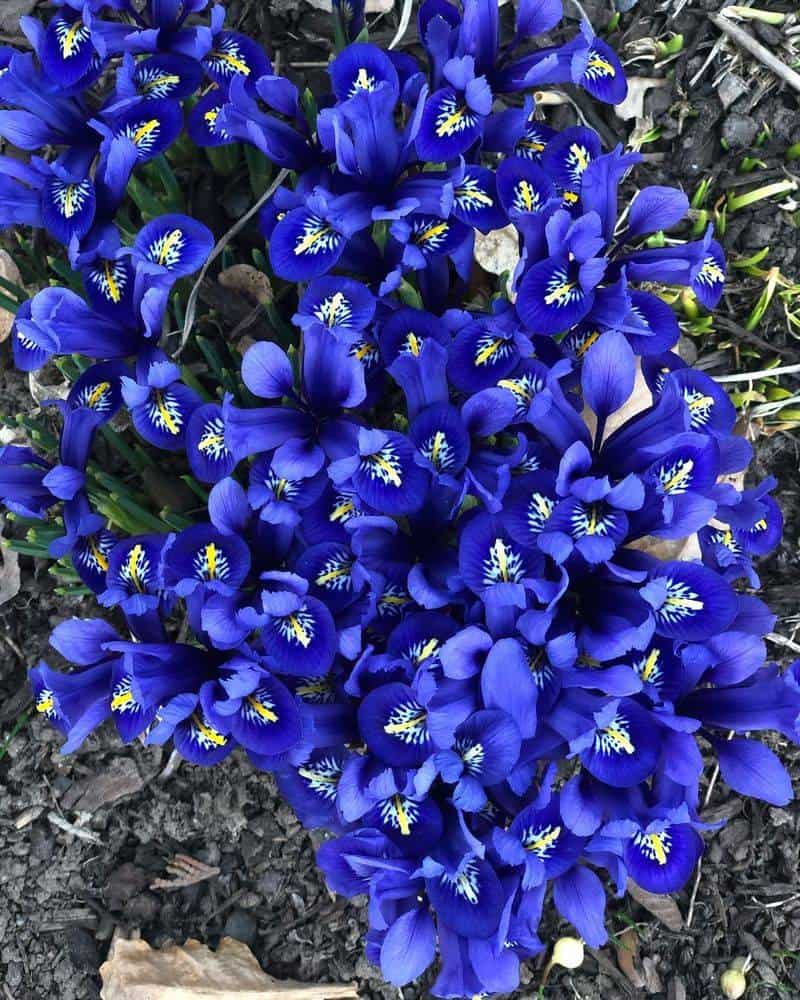
Fertilizing irises can enhance their growth. Use a balanced fertilizer with a focus on phosphorus to encourage blooming.
Apply it in early spring and after flowering. Avoid over-fertilization as it can lead to lush foliage at the expense of flowers.
6. Dividing Overcrowded Clumps
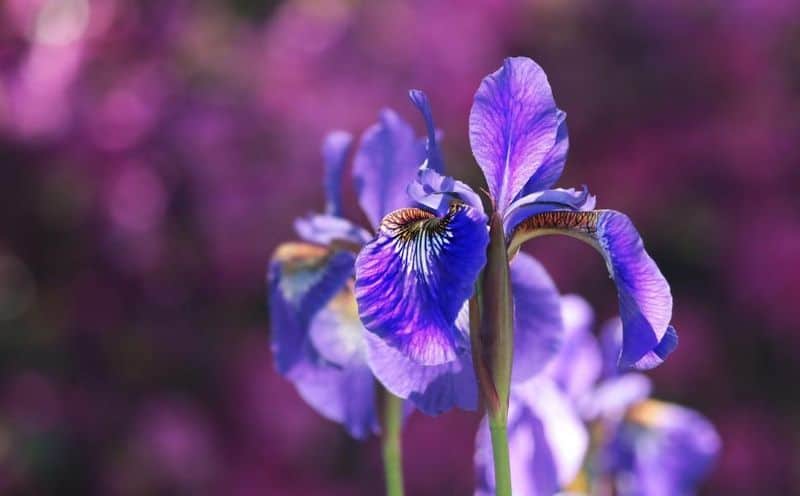
Overcrowded irises can lead to reduced blooms. Divide them every three to four years to rejuvenate the plants.
Use a spade to split the clumps, ensuring each division has healthy rhizomes and leaves. Replant them to give each section space to flourish.
7. Pest and Disease Control

Monitor irises for pests like aphids and borers. Regularly check leaves for any signs of disease.
Natural remedies like neem oil can be effective in controlling these issues. Early detection and treatment are key to maintaining healthy, thriving plants.
8. Deadheading Spent Blooms

Deadheading spent blooms helps irises direct energy into new growth. Snip off the wilted flowers with clean shears.
This not only keeps the plants looking tidy but also prevents seed formation, encouraging the plant to focus on producing more blooms.
9. Seasonal Mulching
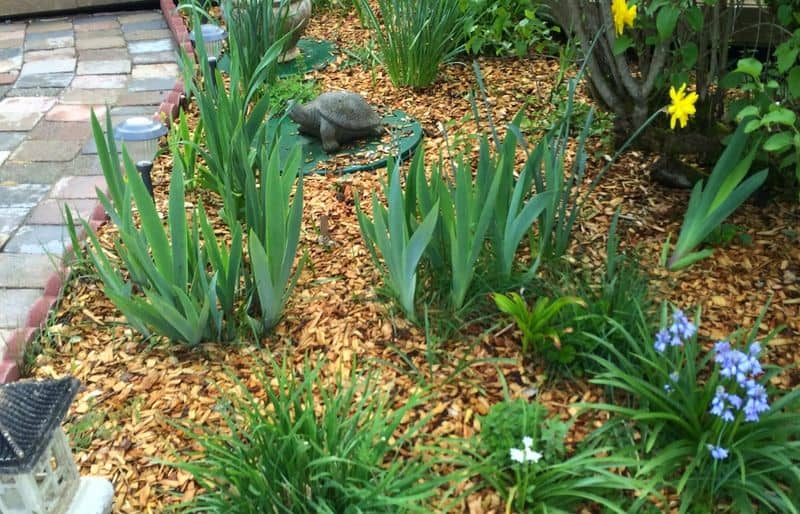
Apply a layer of mulch around irises to retain soil moisture and regulate temperature. Organic mulch, such as bark or straw, works well.
Mulching also helps suppress weeds, reducing competition for nutrients. Refresh the mulch layer seasonally to maintain its benefits.
10. Winter Protection Strategies
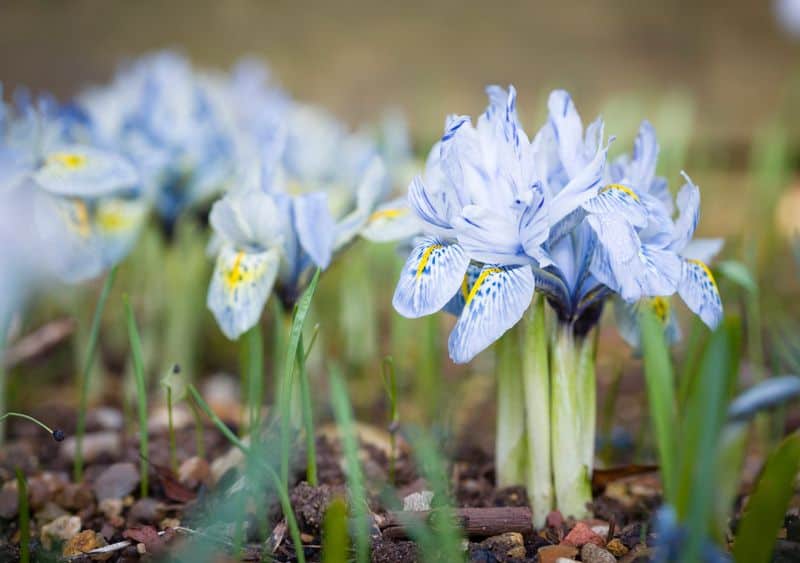
Protect irises during winter with a layer of straw or blanket of mulch. This insulates the rhizomes against freezing temperatures.
In areas with harsh winters, additional covering may be necessary. Proper winter care ensures irises emerge healthy and ready to bloom in spring.

